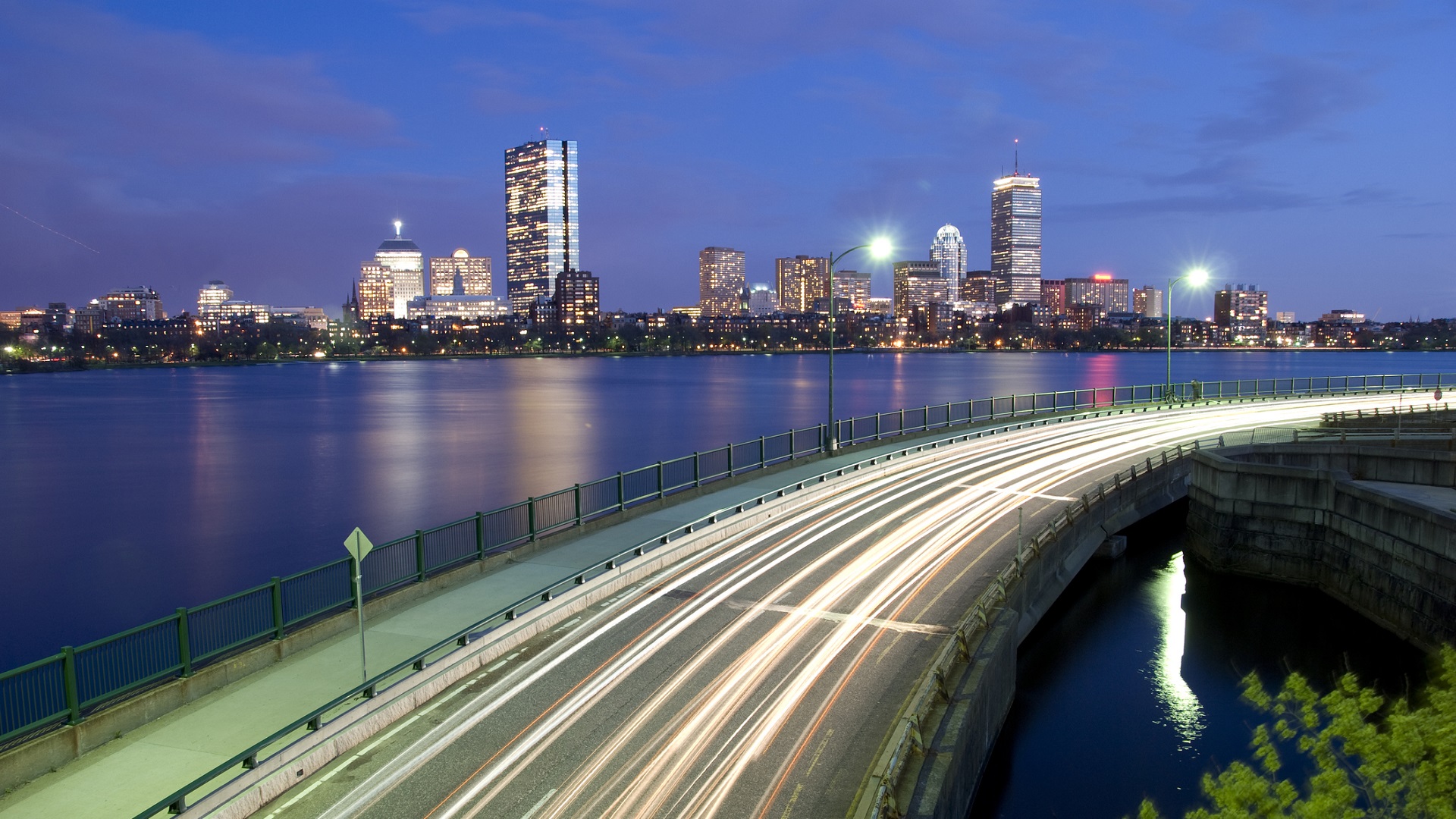

There’s bipartisan agreement that the nation’s roads and bridges are in need of repair, but there are conflicting views on how to fund the fixes, a stalemate that has underlined a trend that has states picking up a greater portion of the nationwide tab, which runs in the hundreds of billions each year.
This week, a half a dozen states collectively received $15.5 million to research new ways of funding highway and bridge projects, with the federal agency issuing the grants saying federal funds to cover the work are gradually being depleted.
The grants fund seven projects proposed by six states, California, Colorado, Delaware, Missouri, Washington, and Oregon, to test user-based approaches to raising revenue, the Federal Highway Administration said in a release. The ideas include on-board vehicle technologies to charge drivers based on miles traveled and multi-state or regional approaches to road user charges.
In its statement, the federal agency stressed that alternatives to conventional financing are an imperative, saying the Highway Trust Fund can’t keep pace with increasing construction and repair costs nationwide. Funding for the HTF comes from the 18.4 cents per gallon gasoline tax and the 24.4 cents per gallon diesel tax.
“To ensure the U.S. road system is the best in the world, we can no longer rely solely on the federal gas tax and the Highway Trust Fund,” Acting FHWA Administrator Brandye Hendrickson, said in the release. “New sources of funding for the design, construction, and repair of our nation’s roadways have never been more necessary, and these grants will help open the door to new financial innovations.”
Richard Auxier, a research associate in the Urban-Brookings Tax Policy Center at the Urban Institute, found the wording in the agency’s statement to be somewhat disingenuous, saying that states already cover roughly three-quarters of revenue spent on infrastructure repairs.
According to the Congressional Budget Office, federal, state and local governments spent $416 billion on water and transportation infrastructure in 2014, with state and local governments spending $320 billion, or 77 percent, and the federal government providing the rest.
By Auxier’s calculations, total infrastructure spending by all levels of government declined in real terms from $457 billion in 2003 to $416 billion in 2014, a drop of 9 percent.
Over the past decade, the fund’s revenue has fallen short of spending in large part because Congress has not raised the gas tax since 1993. Since 2003, roughly half of U.S. states have raised gas rates, which this year varied from 9 cents per gallon in Alaska to 58 cents per gallon in Pennsylvania.
“It’s great to see the government give $15 million to states to think about alternatives,” Auxier told The Drive. But the grant money is a drop in the bucket, he said, when contrasted with proposed cuts in the Trump administration’s budget, which include a nearly $100 billion reduction over 10 years to the Highway Trust Fund.
“There is a problem with funding, everyone can agree to that,” said Auxier. One option would be to cut spending, another is to raise the federal tax rate for the first time in 24 years. Given the anti-tax sentiment that prevails in Washington, the move may not gain traction, said Auxier. As he put it, “Just the idea of raising rates sounds like raising taxes.”